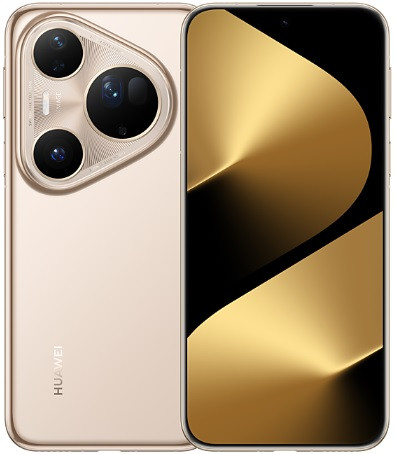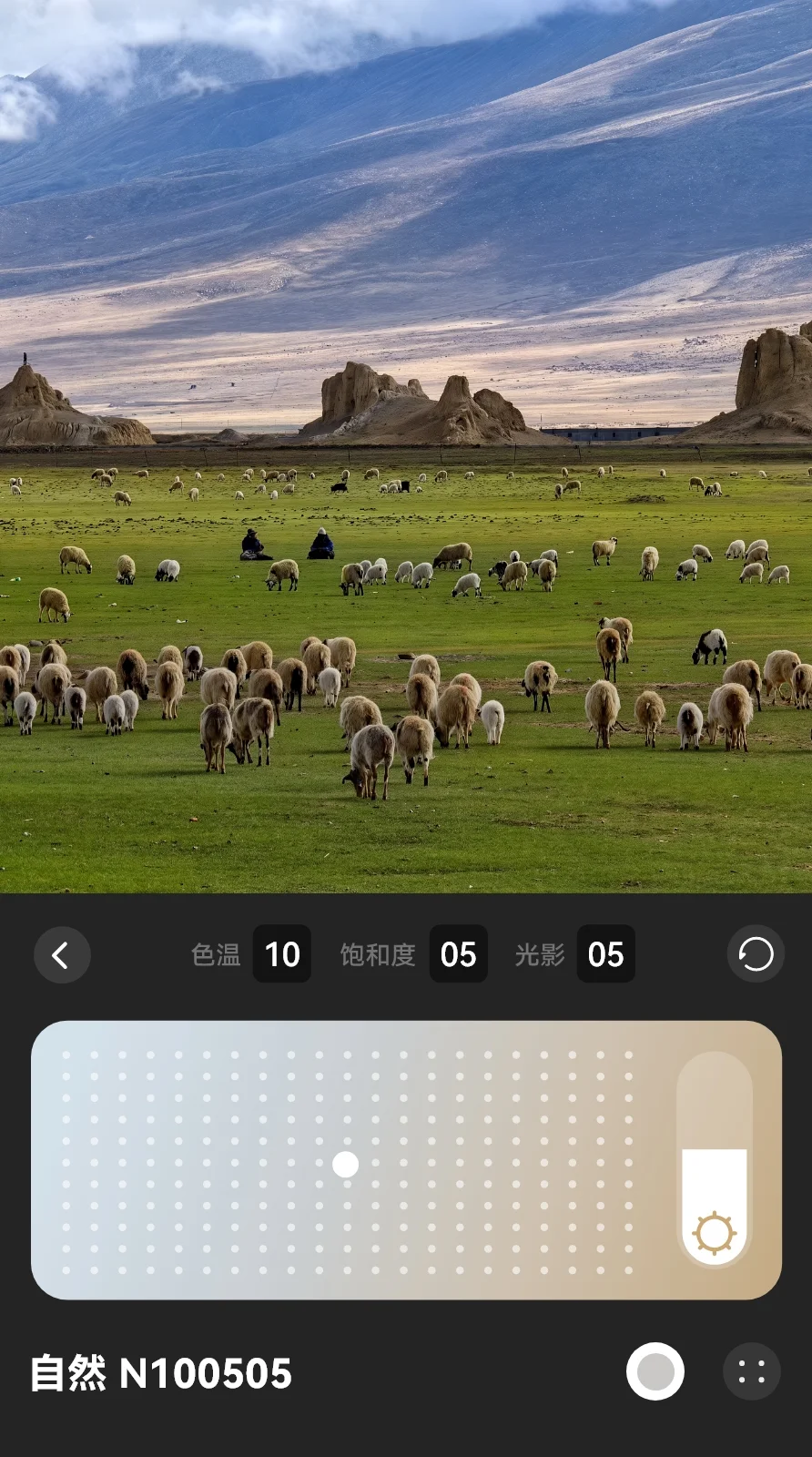TRIBIT StormBox Lava: Unleash 80W of Fiery Sound Anywhere!
Author: Azeem_USA
Ever wished your outdoor adventures or backyard BBQs had a soundtrack as epic as the moment itself? Sound isn't just background noise; it's the invisible force that shapes our experiences, setting the mood for an adrenaline-pumping escapade or turning a simple gathering into a memorable party. In today's world, where we're always on the move, the idea of carrying truly immersive, high-quality sound with you has become incredibly valuable. Enter the TRIBIT StormBox Lava, a portable Bluetooth speaker that promises to do just that – and more.
But does it live up to the hype? Let's dive deep and find out!
Table of Contents
- Unboxing the Beast: First Impressions & What's Inside
- The Heart of the Volcano: Sound Quality & Performance
- Built for Adventure: Durability & Portability
- Power to Keep the Party Going: Battery Life & Charging
- Seamless Connections & Smart Features
- Expanding the Soundscape: TWS & Broadcast Pairing
- The Tribit Ecosystem: App Control & Customization
- Is the TRIBIT StormBox Lava Worth Your Cash?
- Pros & Cons at a Glance
- Mini-Review: Your Weekend Camping Companion
- Peace of Mind: Warranty & Customer Support
- Conclusion: Should You Buy the StormBox Lava?
- Frequently Asked Questions (FAQ)
Unboxing the Beast: First Impressions & What's Inside
While we don't have an unboxing video here, imagine a robustly packaged speaker that feels solid right out of the box. The StormBox Lava typically comes with the speaker itself, charging cable, and those versatile carrying straps we'll talk about later. The initial impression is one of quality and readiness for action.
The Heart of the Volcano: Sound Quality & Performance
This is where the StormBox Lava aims to truly shine. It's not just about being loud; it's about delivering a rich, detailed, and impactful audio experience.
Power That Shakes the Ground: 80 Watts of Audio Fury
An 80W output is a significant claim for a portable speaker. This isn't just about cranking up the volume; it's about having enough "headroom" to deliver clean, undistorted sound even at higher levels. This power means the Lava can effortlessly fill a large room or provide a commanding presence outdoors, ensuring your music cuts through background noise without sounding thin or strained. It's the kind of power you can feel.
Deep Dive into Bass: Neodymium Woofers & 43Hz Depths
The foundation of the Lava's sound comes from its dual 30W woofers, powered by Neodymium magnets. These aren't just any magnets; they're incredibly strong for their size and lightweight, perfect for a portable speaker. This allows the speaker cones to react faster and more accurately, delivering bass that is tight, punchy, and articulate. Tribit's XBass technology further enhances this, promising "ultra-deep bass" that can reach down to an impressive 43Hz. That's low enough to feel in your chest, giving music a physical dimension without the muddiness or boominess that can plague lesser speakers.
Crystal Clear Highs: Silk Dome Tweeters
Complementing the powerful lows are dual 10W silk dome tweeters. Silk domes are a classic choice for smooth, detailed high frequencies. They excel at reproducing the shimmer of cymbals, the intricacies of guitar solos, and the clarity in vocals. The result is a treble that's natural and clear but not harsh or fatiguing, even during long listening sessions.
"Explosive Lava Eruption Sound" – What Does It Mean?
Tribit uses the phrase "Explosive Lava Eruption Sound" to describe the overall audio experience. Think of the powerful woofers as the deep, rumbling lava, and the crisp tweeters as the bright, detailed eruption. It's marketing, sure, but it paints a picture of a dynamic, full, and exciting sound profile that aims to be both powerful and nuanced.
Built for Adventure: Durability & Portability
A portable speaker needs to be tough enough to handle the journey and easy enough to bring along.
Fear No Element: The Mighty IP67 Rating
The IP67 rating is a standout feature. Let's break it down:
- The '6' (Dustproof): This means the StormBox Lava is completely sealed against dust ingress. Sand, dirt, ash – nothing's getting inside. Perfect for the beach, dusty trails, or even a workshop.
- The '7' (Waterproof): This indicates protection against immersion in water up to 1 meter (about 3.3 feet) for up to 30 minutes. So, an accidental knock into the pool, getting caught in a massive rainstorm, or a tumble off a paddleboard shouldn't be a problem.
This level of protection offers serious peace of mind for outdoor use.
Carry Your Tunes: Straps, Weight, and On-the-Go Design
The StormBox Lava comes with dual straps of different lengths, featuring premium hardware. This isn't just a simple handle; it's a versatile carrying system. You can use the longer strap to sling it over your shoulder or crossbody style, or the shorter strap to securely attach it to a backpack or hang it from a tree branch. At 6.13 lbs (just under 3 kg), it's in the medium-to-heavy range for portable speakers. However, this weight often correlates with robust build quality and the components needed for its powerful sound and large battery.
Power to Keep the Party Going: Battery Life & Charging
24-Hour Playtime: Fact or Fiction?
Tribit claims up to 24 hours of playtime, which is huge. However, it's crucial to note the footnote: this is achieved at 50% volume with XBass turned off. If you're cranking the volume or engaging that deep bass, expect significantly less. The 43.2Wh battery is substantial, indicating a genuine capacity to deliver extended listening, but real-world playtime will vary based on your usage.
Recharging the Powerhouse
Recharging the StormBox Lava takes about 5 hours with a 15W input. This is a decent ratio considering the potential playtime. An overnight charge should easily set you up for a full day of moderate use. For multi-day trips without power, you'll need to plan usage or have a recharging solution.
Seamless Connections & Smart Features
Rock-Solid Wireless: Bluetooth 5.4 & Impressive Range
Featuring Bluetooth 5.4, the latest standard, the Lava promises a seamless and stable connection. This means better reliability, fewer random disconnects (even in areas with lots of wireless signals), lower latency (great for watching videos or playing games without audio lag), and improved power efficiency. The claimed 120ft (over 30m) wireless range offers fantastic freedom to move around without losing your connection, perfect for backyard parties or campsites.
Under the Hood: TI Amp Chip, Protocols & Codecs
A quality Texas Instruments (TI) amplifier chip acts as the engine, cleanly boosting the audio signal. It supports essential Bluetooth protocols like A2DP (for high-quality stereo music) and AVRCP (for controlling playback from the speaker). For audio codecs, it includes the universal SBC and the higher-quality AAC, which is especially important for Apple device users to get the best possible sound over Bluetooth.
More Than Just Music: Voice Assistant & AUX Input
With HSP/HFP protocols, you can access your phone's voice assistant (Siri, Google Assistant) directly through the speaker. A simple button press lets you issue commands. Additionally, an AUX input is included. This is great for zero-latency connections (ideal for movies or gaming) and for universal compatibility with older devices that might not have Bluetooth.
Expanding the Soundscape: TWS & Broadcast Pairing
True Wireless Stereo (TWS): Double the Power, Double the Fun
TWS allows you to pair two StormBox Lava speakers to create a dedicated left and right channel setup, just like traditional stereo speakers. This is a game-changer compared to a single speaker, as it creates a genuine soundstage with width, depth, and a better sense of space. Subtle details and nuances in music become much clearer.
Broadcast Mode: Fill Any Space with Music
If TWS is about quality stereo in one zone, Broadcast Pairing is about scale. It lets one master StormBox Lava send the same audio signal (in mono) to multiple other StormBox Lavas simultaneously. This is perfect for filling a very large backyard, multiple rooms in a house, or a large event space, blanketing the area in sound.
The Tribit Ecosystem: App Control & Customization
The Tribit app (if available for this model, usually mentioned with newer Tribit products) typically unlocks deeper control and customization. This often includes custom EQ (equalizer) settings to tweak the sound to your preference (boost the bass, enhance treble for podcasts), preset sound modes, and firmware updates that can improve the speaker or add features over time.
Is the TRIBIT StormBox Lava Worth Your Cash?
The TRIBIT StormBox Lava is priced at $139.99 USD. Tribit often offers discounts, especially if you're buying more than one – for example, a 15% discount on orders over $100. This makes purchasing two for a TWS setup noticeably cheaper and a smart incentive.
Pros & Cons at a Glance
Pros:
- Massive 80W power output
- Deep, impactful bass with XBass (down to 43Hz)
- Clear highs from silk dome tweeters
- Excellent IP67 dustproof and waterproof rating
- Potentially long 24-hour playtime (under specific conditions)
- Bluetooth 5.4 with great range
- TWS and Broadcast pairing capabilities
- Versatile carrying straps
- AAC codec support for better audio quality
- Lifetime customer support promise
Cons:
- 24-hour playtime requires specific low-volume settings
- At 6.13 lbs, it's on the heavier side for "portable"
- App features might vary or require app availability
- Full recharge takes 5 hours
Mini-Review: Your Weekend Camping Companion
Imagine you're camping for the weekend. The StormBox Lava, thanks to its IP67 rating, isn't fazed by a bit of morning dew or an unexpected drizzle. With its potential 24-hour playtime (if used moderately), you can have music by the campfire each night and background tunes during the day. Pair two for an immersive stereo experience under the stars using TWS, or use broadcast mode if you're with a larger group spread across the campsite. Its robust build and versatile straps make it easy to hang from a tree branch or secure to your pack, truly integrating into your adventure.
Peace of Mind: Warranty & Customer Support
Tribit backs the StormBox Lava with an impressive support package:
- Fast Shipping: Get your new toy quickly.
- 30-Day Money-Back Guarantee: Try it in your own environment, risk-free. If it doesn't fit your life, send it back.
- Hassle-Free Warranty: Suggests that if a defect occurs, getting it fixed or replaced won't be a bureaucratic nightmare.
- Lifetime Customer Support: This is a massive commitment. It implies that years down the road, long after the warranty might have expired, they'll still be there to help with questions or issues.
This comprehensive support builds a huge amount of trust and makes you feel more secure about your purchase.
Conclusion: Should You Buy the StormBox Lava?
The TRIBIT StormBox Lava presents itself as a robust, powerful, and versatile portable Bluetooth speaker. If you're looking for a speaker that can deliver serious volume and deep bass for outdoor gatherings, withstand the elements with its IP67 rating, and offer flexible listening options like TWS and broadcast mode, then the StormBox Lava is a very compelling option. The long potential battery life and exceptional customer support promises add significant value.
While it's not the lightest speaker on the market, its weight feels justified by its features and build quality. It seems designed for those who prioritize powerful, immersive sound and durability over featherlight portability.
What are your thoughts on the TRIBIT StormBox Lava? Do you own one, or is it on your wishlist? Share your experiences and questions in the comments below!
External Link Suggestion: For the most up-to-date specifications and purchasing options, visit the Official Tribit StormBox Lava Product Page.
Frequently Asked Questions (FAQ)
- Q1: How loud is the TRIBIT StormBox Lava?
A: It boasts an 80W power output, which is very loud for a portable speaker, capable of filling large spaces and being heard clearly outdoors.
- Q2: Is the 24-hour playtime realistic?
A: The 24-hour playtime is achievable under specific conditions (50% volume, XBass off). Expect less if you're playing it loud or using the XBass feature extensively.
- Q3: Can I use the TRIBIT StormBox Lava for phone calls?
A: Yes, it supports HSP/HFP Bluetooth protocols and voice assistant integration, allowing for hands-free calls and interaction with Siri or Google Assistant.
- Q4: What's the difference between TWS and Broadcast Mode?
A: TWS (True Wireless Stereo) pairs two speakers for a dedicated left/right stereo sound experience, ideal for focused listening. Broadcast Mode links multiple StormBox Lava speakers to play the same mono audio simultaneously, perfect for wide area coverage at parties.
- Q5: Is it truly waterproof?
A: Yes, it has an IP67 rating, meaning it's fully dustproof and can be submerged in up to 1 meter of water for 30 minutes.
























